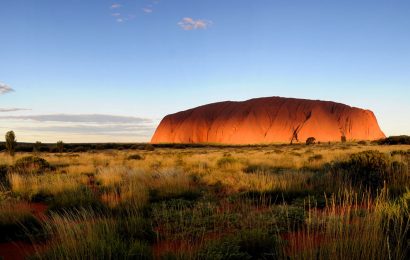The body of the Spanish painter, Salvador Dali, was exhumed on Thursday, after a court in Madrid ruled in favor of a woman who claimed to be his daughter
Dali used to say that “Great geniuses produce mediocre children, and I don’t want to go through that experience.” However, Maria Pilar Abel, the woman in discussion, does not think that he actually kept that word.
Maria, now 61 years old, says that her mother, a maid in one of Dali’s seasonal homes located in Port Lligat, kept a clandestine relationship with Dali. Therefore, Abel asks for a paternity test.
Before forensic scientists accessed the body, a stone slab had to be taken off. The painter’s body has been kept in The Dali Theatre and Museum in Figueres, Spain, since his death in 1989.
Abel’s lawyer said that they have collected samples from Dali’s teeth and hair, and that results are expected to come out in two weeks.
Abel tried to avoid exhuming Dali’s body and completed a paternity test in 2007, from belongings of the painter. However, the results were inconclusive. At the same time, the Madrid Supreme Court agreed that there was no other choice left than to exhume the body.
In a statement, the objective of the exhumation was “to get samples of his remains to determine whether he is the biological father of a woman from Girona (in northeastern Spain) who filed a claim to be recognized as the daughter of the artist.”
Dali has been known for his surreal paintings that contained eclectic features, such as melting clocks, as well as for his thin mustache.
He died at the age of 84, and did not have any children with his wife Gala, who died in 1982.
Moreover, some biographers say that he was truly scared of his sexuality, as he feared he might be impotent or gay. He and Gala lived next to each other, but not together. They have been married for more than 50 years; however, she was mostly his muse.
Regarding the exhumation, the decision raised strong attitudes around town:
“Her mother should know it perfectly, if he is the father or not. They should have said it before and searched for the DNA before they had to do what they have to do now,” Margarita Pescador told CNN while visiting the museum.



